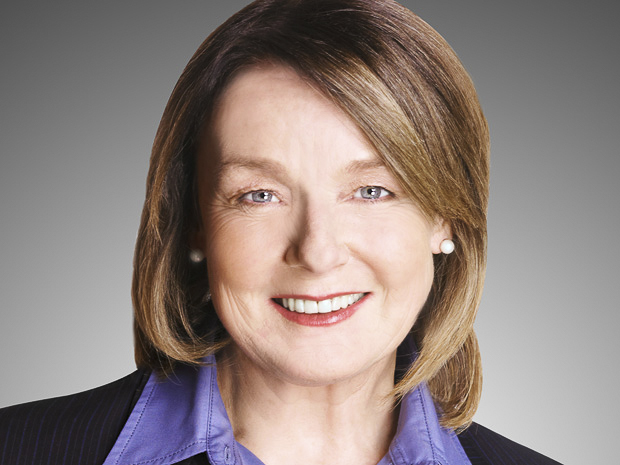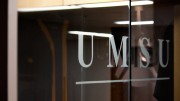Research, building a stronger sense of community on campus and the U of M’s expanding infrastructure were some of the many topics discussed at a lunch meeting between university president David Barnard and students Oct. 18
The meeting was part of a contest held by the University of Manitoba to provide students an opportunity to accompany Barnard to the Association of Universities and Colleges of Canada’s (AUCC) centennial conference in Montreal, Oct. 25 to Oct. 26. Students were asked to submit an essay, video or audio file that explained what they envisioned for the university.
“The idea here was to ask people to say what they think about the university,” Barnard explained.
The winner of the contest is Gregory Di Cresce, a PhD candidate in the department of history, whose winning essay was chosen out of 25 to 30 submissions. Barnard commented that the submissions touched on a variety of topics affecting the university, including the development of the U of M campus and concerns over the current global economic climate.
Students who had submitted their visions for the U of M were invited to attend last week’s lunch meeting to discuss their ideas and concerns with Barnard.
“We thought it would just be interesting to get together and have lunch and a conversation about what [students] are thinking about [ . . . ] and what you’d like to see happen at the university,” he told students.
Di Cresce explained that in his essay he argued for the university to take advantage of the knowledge of the aboriginal population in Manitoba, “which, quite frankly, we don’t.”
Di Cresce said he felt that if the university could integrate the cultural ideas and notions of learning from the aboriginal community into western ideas of learning “this university could really stand out.”
Cory Malone, a first-year student in the faculty of arts, said he would like to see the university recognize the personal contributions students make to the industries they are working in and the community outside the U of M.
“We had some really great professionals working [ . . . ] in arts, so it would be nice to show some of the people that [the university] builds. They don’t just sit at a desk; they actually contribute to what they learn,” he said.
Jacqueline Rano, a fourth-year student in the faculty of arts, pointed out the importance of attracting out-of-province students to the university.
“Right now, the first schools that pop into students’ minds are schools like UBC and McGill, which are great schools, and I think the U of M is not really the first university that pops in to their minds” despite the fact that it is “a fantastic university,” she argued.
Rano also stressed the importance of building a stronger campus community outside of academics.
“On other campuses I think there is more of a desire to remain on campus after your classes,” she said.
Though UMSU organizes events and activities for students on campus, the U of M tends to not have as much school spirit and students don’t seem to be as connected to the university as students at other schools, Reno commented.
“When I’m done my classes I go home, but I have friends who go to Wilfred Laurier or Waterloo, or UBC, and they’re on campus all the time. [ . . . ] They just have so many things to do,” she explained.
Barnard commented that the U of M is in many ways a commuter campus and many universities of the same size have more people living on campus.
“Certainly in our thinking [of] moving ahead, we really want to make a change in that,” he said.
He pointed out the recent purchase and development of the Southwood golf course property as part of making the sense of community on campus stronger.
“We’ve got a group of people working on a conceptual plan for what that might be, but one of the strong parts of the conversation about the Southwood golf course is building a more residential community,” he said. “If the university was a place where students stay around [ . . . ] it would really have a different kind of feel.”
Ahmad Byagowi, a graduate student at the U of M, expressed his concerns with applied versus exploratory research, “where industry is leading the research profession.”
“[Researchers] just like to focus on topics of industries that are funding them,” he argued.
Byagowi said he felt there was more emphasis on funding sources, as oppose to innovation and the freedom to take risks in research at the U of M.
Barnard explained that finding the balance between applied research and exploratory research is always challenging because “the boundaries are not clear cut between them.”
“This is a big conversation. It’s been going on for a long time, and it will keep going on [ . . . ],” he said.




